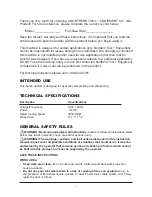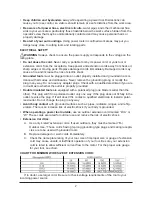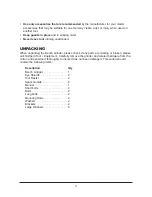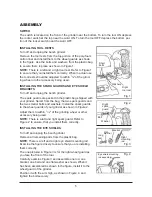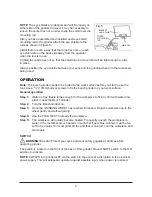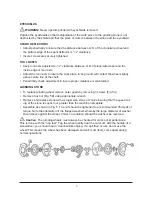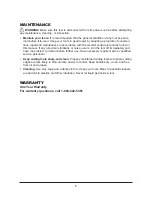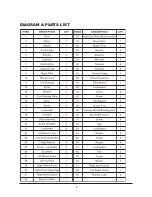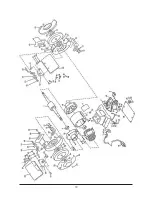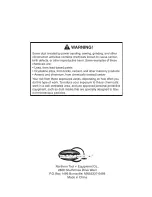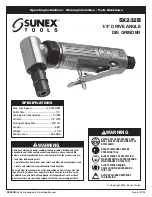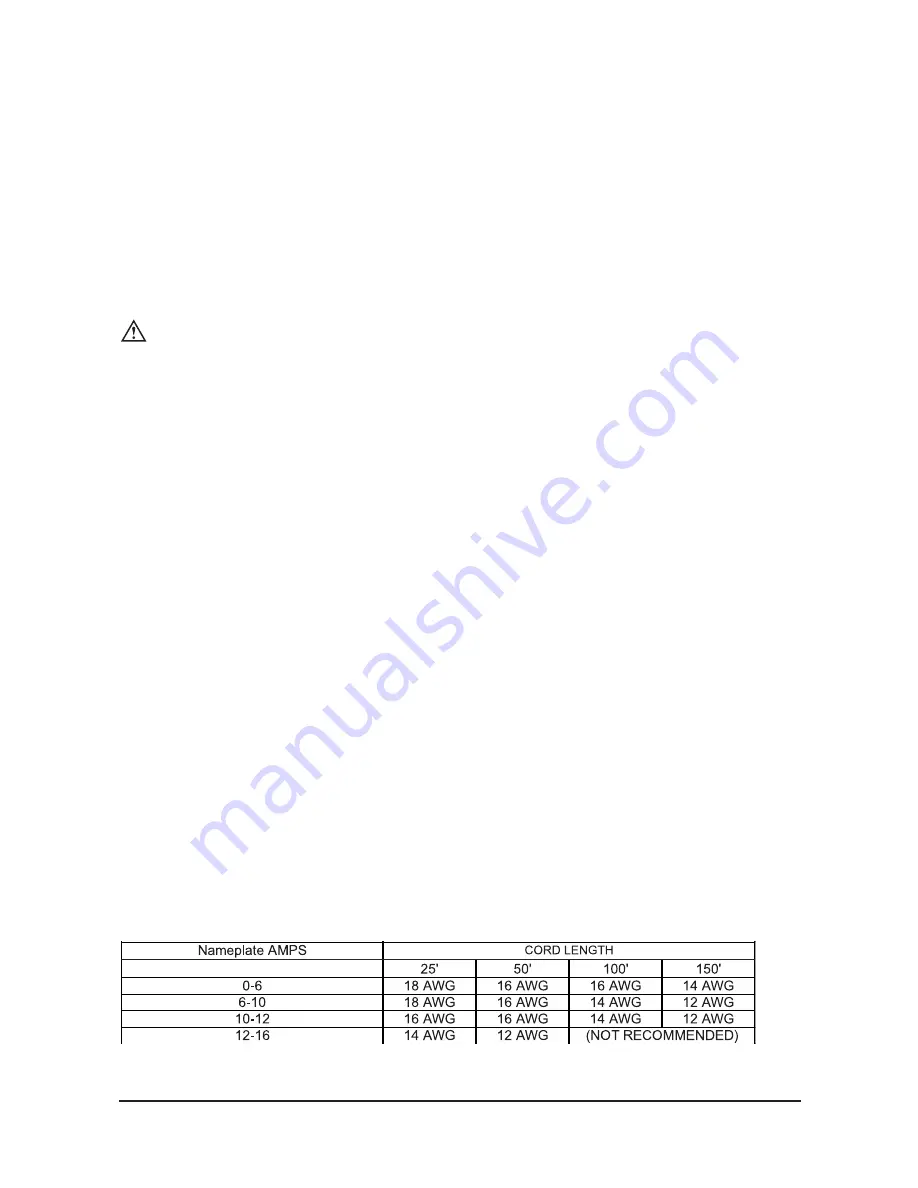
2
• Keep children and bystanders
away while operating a power tool. Distractions can
cause you to lose control, so visitors should remain at a safe distance from the work area.
• Be aware of all power lines, electrical circuits,
water pipes and other mechanical haz-
ards in your work area, particularly those hazards below the work surface hidden from the
operator's view that may be unintentionally contacted and may cause personal harm or
property damage.
• Be alert of your surroundings.
Using power tools in confined work areas may put you
dangerously close to cutting tools and rotating parts.
ELECTRICAL SAFETY
WARNING!
Always check to ensure the power supply corresponds to the voltage on the
rating plate.
• Do not abuse the cord.
Never carry a portable tool by its power cord, or yank tool or
extension cords from the receptacle. Keep power and extension cords away from heat, oil,
sharp edges or moving parts. Replace damaged cords immediately. Damaged cords may
cause a fire and increase the risk of electric shock.
• Grounded tools
must be plugged into an outlet properly installed and grounded in accor-
dance with all codes and ordinances. Never remove the grounding prong or modify the
plug in any way. Do not use any adapter plugs. Check with a qualified electrician if you are
in doubt as to whether the outlet is properly grounded.
• Double insulated tools
are equipped with a polarized plug (one blade is wider than the
other). This plug will fit in a polarized outlet only one way. If the plug does not fit fully in the
outlet, reverse the plug. If it still doesn't fit, contact a qualified electrician to install a polar-
ized outlet. Do not change the plug in any way.
• Avoid body contact
with grounded surfaces such as pipes, radiators, ranges, and refrig-
erators. There is an increase risk of electric shock if your body is grounded.
• When operating a power tool outside,
use an outdoor extension cord marked “W-A” or
“W.” These cords are rated for outdoor use and reduce the risk of electric shock.
• Extension Cord Use:
A. Use only 'Listed' extension cords. If used outdoors, they must be marked “For
Outdoor Use.” Those cords having 3-prong grounding type plugs and mating recepta-
cles are to be used with grounded tools.
B. Replace damaged or worn cords immediately.
C. Check the name plate rating of your tool. Use of improper size or gauge of extension
cord may cause unsafe or inefficient operation of your tool. Be sure your extension
cord is rated to allow sufficient current flow to the motor. For the proper wire gauge
for your tool, see chart.
CHART FOR MINIMUM WIRE SIZE OF EXTENSION CORD:
If in doubt, use larger cord. Be sure to check voltage requirements of the tool to your
incoming power source.


